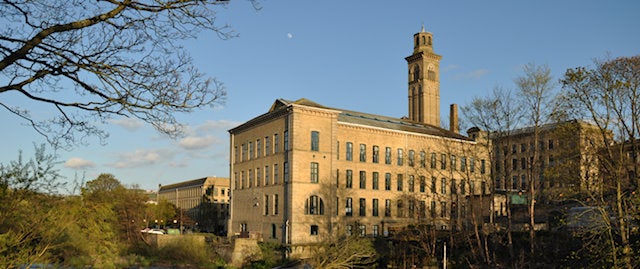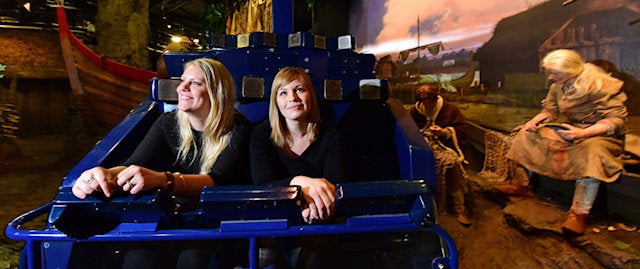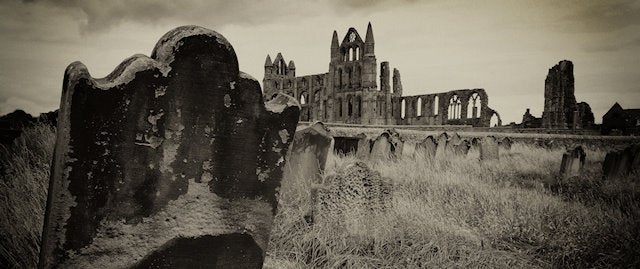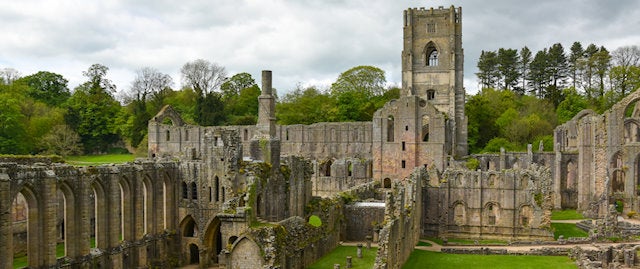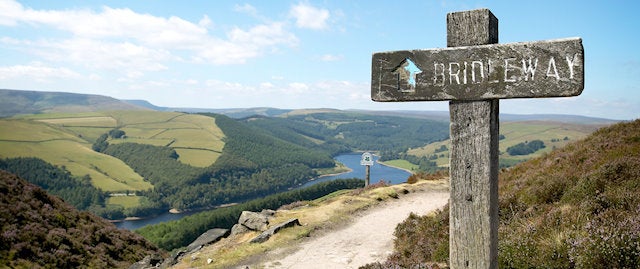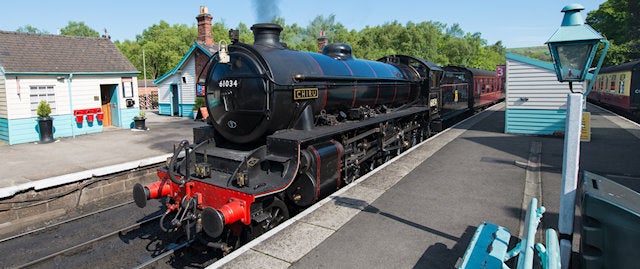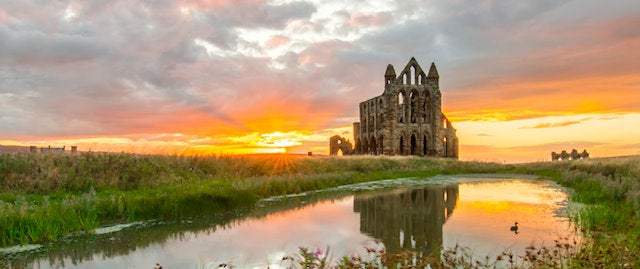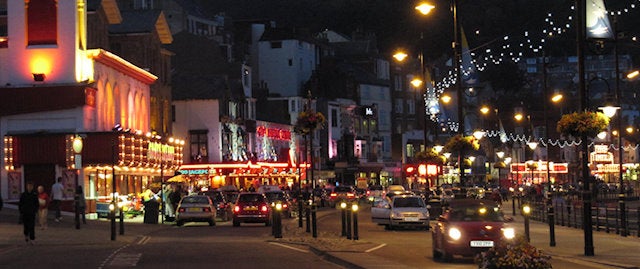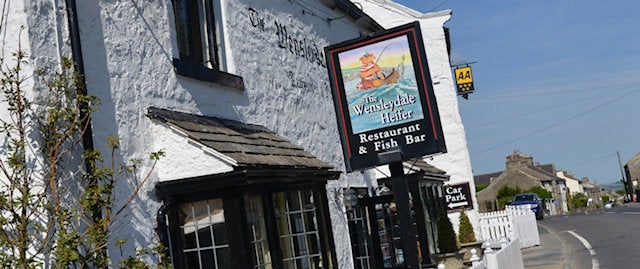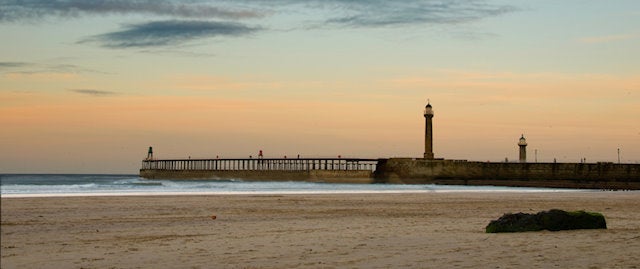Historic Yorkshire
As the UK’s biggest country, it is no surprise that Yorkshire has seen its fair share of historical events, people and places. Even the county’s name is instantly recognisable through it’s historic associations: York was settled by the Vikings, the House of York battled against the House of Lancaster during the Wars of the Roses and the Yorkshire Regiment were one of the most famous during World War Two. Yorkshire is also a place that is proud to celebrate its history and is home to some of the country’s best museums and historical attractions. To help history lovers visiting the county make the most of their experience, we’ve created this guide to some of the most fascinating parts of Yorkshire’s history and how you can discover it for yourself.
The Textile Industry
Yorkshire once had a rich textile industry which made the most of the wool from the sheep grazing the acres of countryside and in many cases also harnessing the water power from Yorkshire’s rivers. There were hundreds of textile mills at the industry’s peak and many are still in operation in some capacity today including the two Burberry mills in Castleford and Keighley. Many of the old textile mills have been repurposed for the modern era, a local favourite being Salts Mill in Saltaire, Bradford. Salts Mill was once a cloth mill that is now a hybrid art gallery showcasing the works of local artist David Hockney and a shopping hub, complete with bookshop, homeware store, jewellers, antique shop and more. Saltaire itself was entirely built for the workers at the mill by owner Sir Titus Salt and is often used as a filming location for period dramas due to its unchanged Victorian aesthetic. Saltaire is within a comfortable driving distance from our properties in Skipton and the Yorkshire Dales.
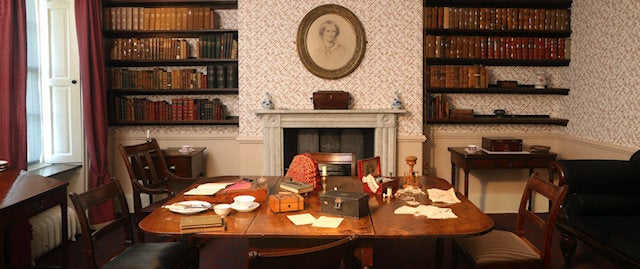
The Brontë Sisters
The Brontë sisters, Charlotte, Emily and Anne, are undoubtedly Yorkshire’s most famous literary icons. They drew inspiration for their Gothic and Romantic novels from the wild moors that lurked behind their hometown of Haworth. Fans of the sisters’ works simply must visit the Brontë Parsonage in Haworth, the family’s home, which has been turned into a museum with original items including Charlotte Brontë’s clothes and famous ‘little books’ she wrote in her teen years. Wuthering Heights lovers may want to visit Top Withens, which is said to have inspired the Earnshaw’s Farmhouse in the novel, but be warned it’s a fair hike on foot! Our holiday cottages in Cowling are closest to Haworth (20 minutes in the car) and are deep in the Dales.
Jorvik (York)
The Anglian city of York was invaded by the Vikings on 1st November 866, sparking the start of a lengthy war with the Anglo-Saxons. York’s name was changed to Jorvik and became the epicentre of the Viking controlled North, known as Danelaw, after Britain was divided between the Anglo-Saxons (who occupied the South) and the Vikings in 878. The Vikings reconstructed a street in Jorvik known as Coppergate, the excavation of which has taught us all about their time in the city. Today, the Jorvik Centre is an interactive experience that takes you on a journey through Viking York and is located on the Coppergate site. York is generally a very beautiful and historic city and if the Jorvik centre or any of the city’s other attractions take your fancy, browse through our selection of holiday cottages in York and Vale of York.
Gothic Whitby
Immortalised forever as the place at which Dracula rose from the sea, Whitby has enjoyed a thriving Gothic scene for years. The Abbey Ruins atop the cliffs, its famous black Jet jewellery and Goth Weekend every October and April all help to create a brooding and dark atmosphere about this seemingly idyllic town that gives Whitby a unique angle. The Dracula Experience on the Harbour front is a horror-house delight for those who enjoy a thrill, but is definitely not for the faint of heart! Whitby really celebrates its weird and wonderful past and the people here are so welcoming, so be sure to check out our Whitby cottages for some Gothic fun!
Fountains Abbey
Yorkshire is full of ancient Abbey ruins, Castles from bygone eras and stately homes - so many in fact that it is hard to choose. Fountains Abbey in Ripon, however, is a stand-out choice. As the largest monastic ruins in the country, dating back to the twelfth century, Fountains in Ripon represents the pre-dissolution Christian past of Britain. A visit to Fountains will not only offer you a historical education on the site, but will also offer a lovely walk around the Studley Royal water garden on the site and the green and lucious grounds. Take a look at our holiday homes in Ripon, Masham and Pateley Bridge to get as close as possible to this dramatic historical site.
